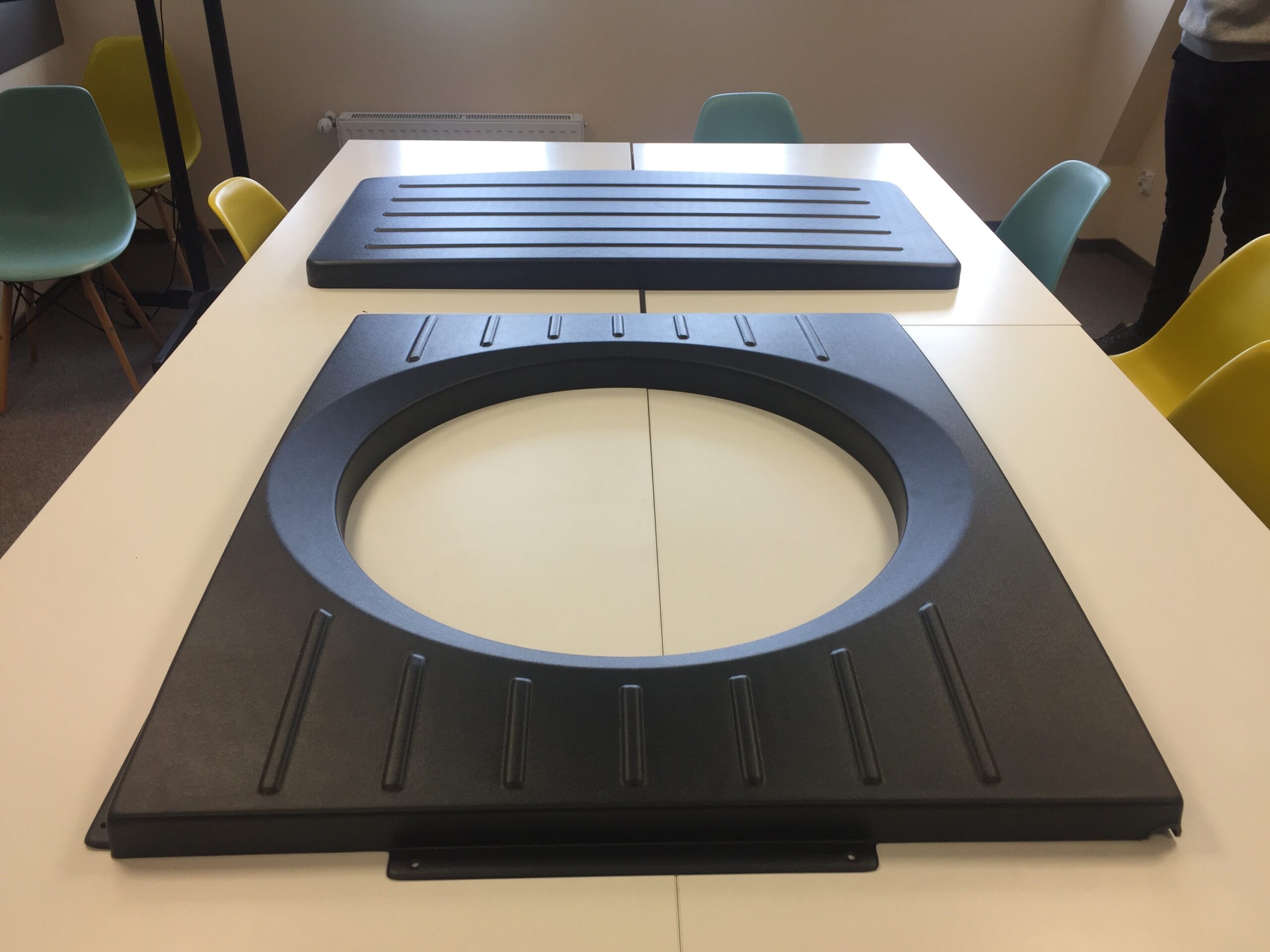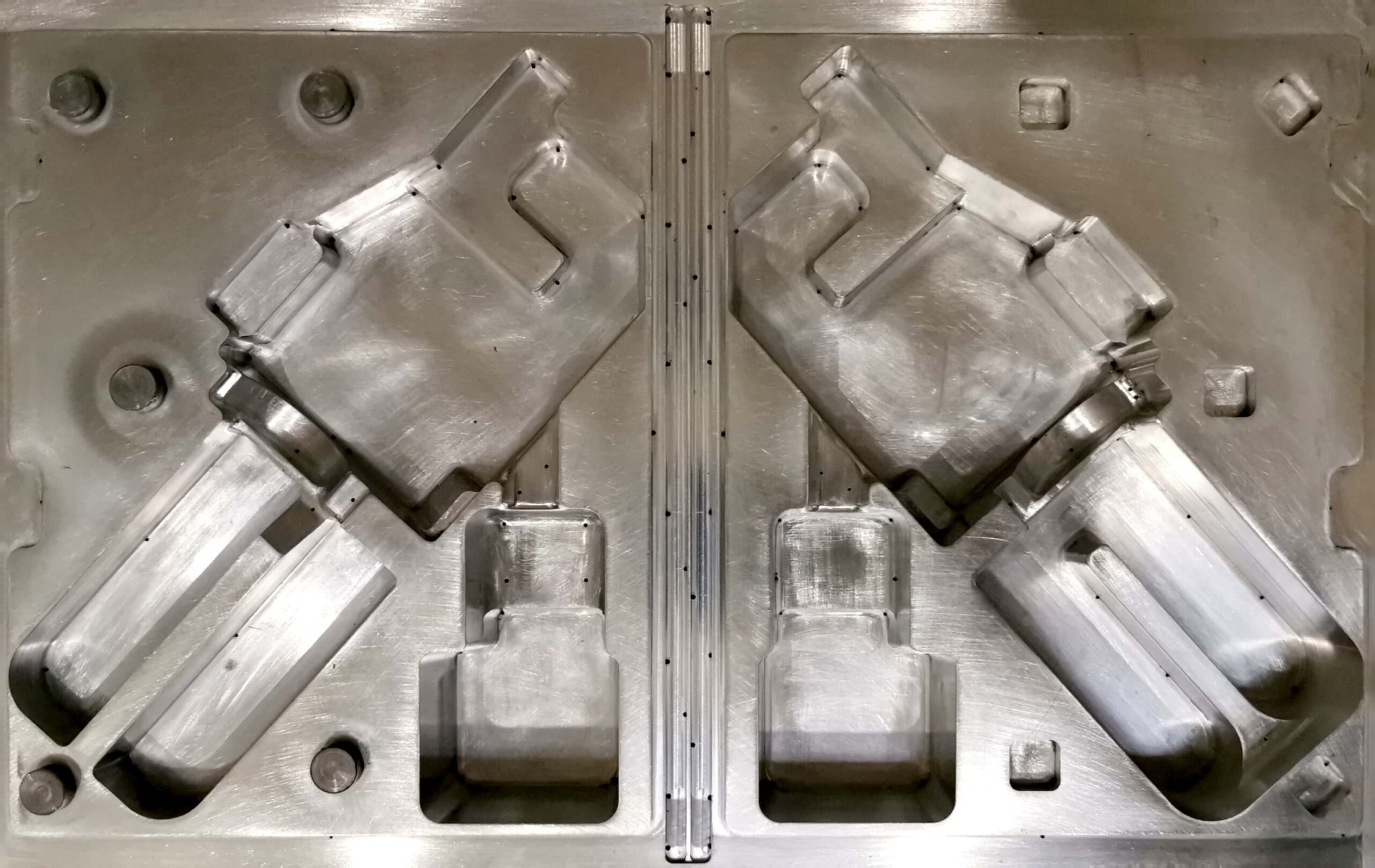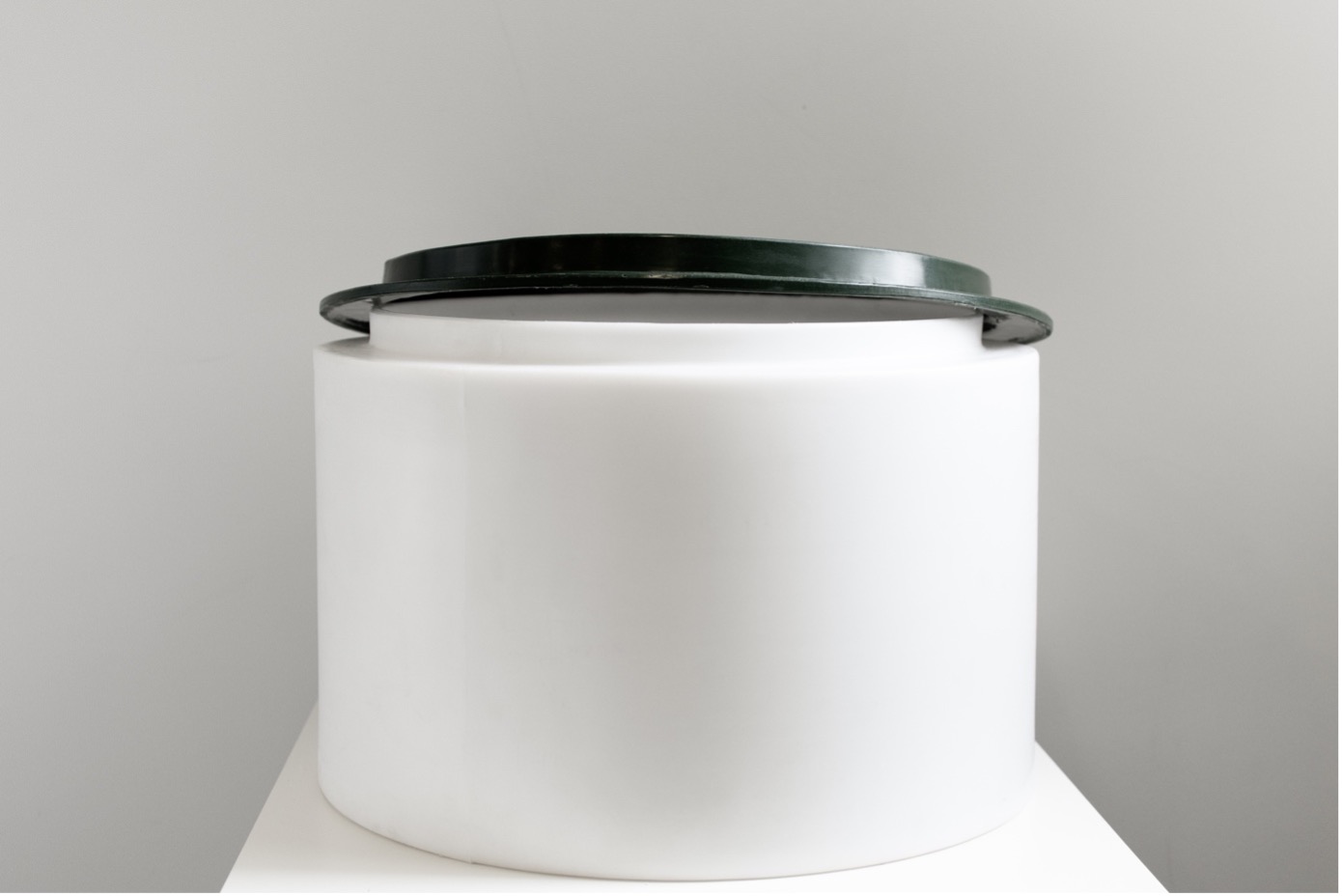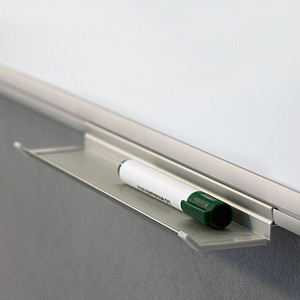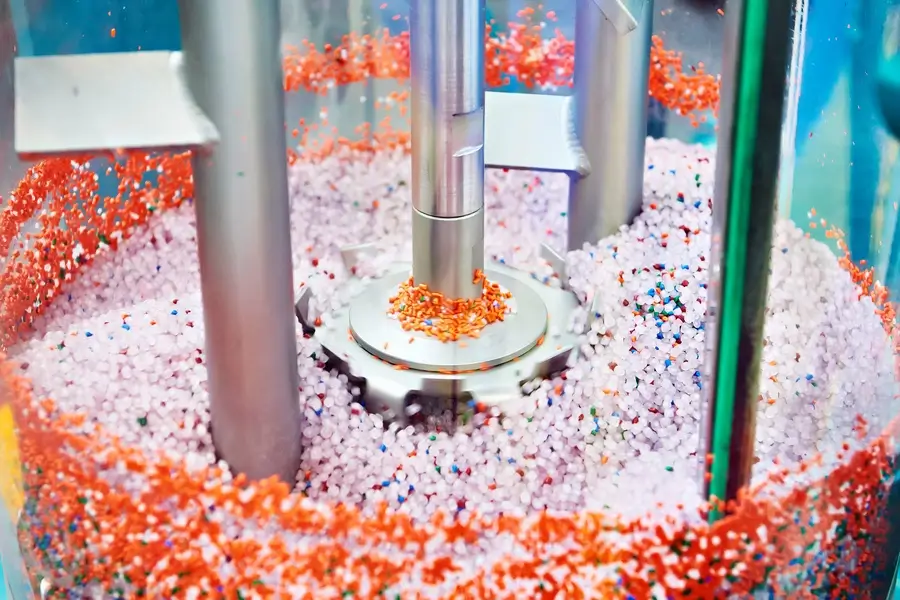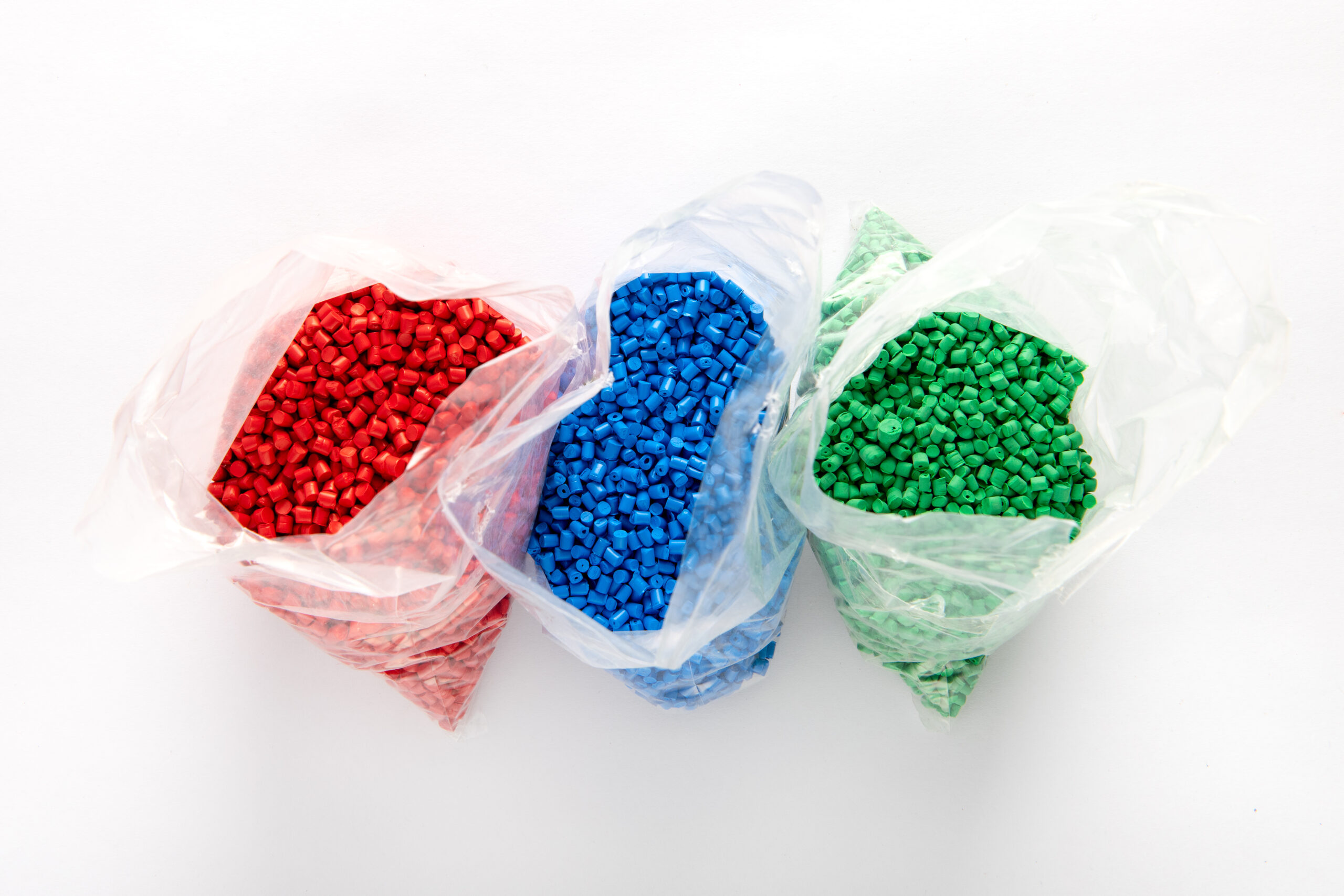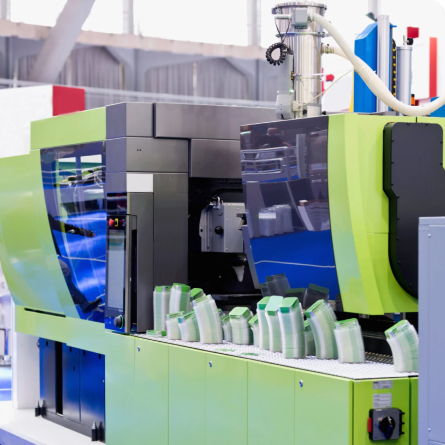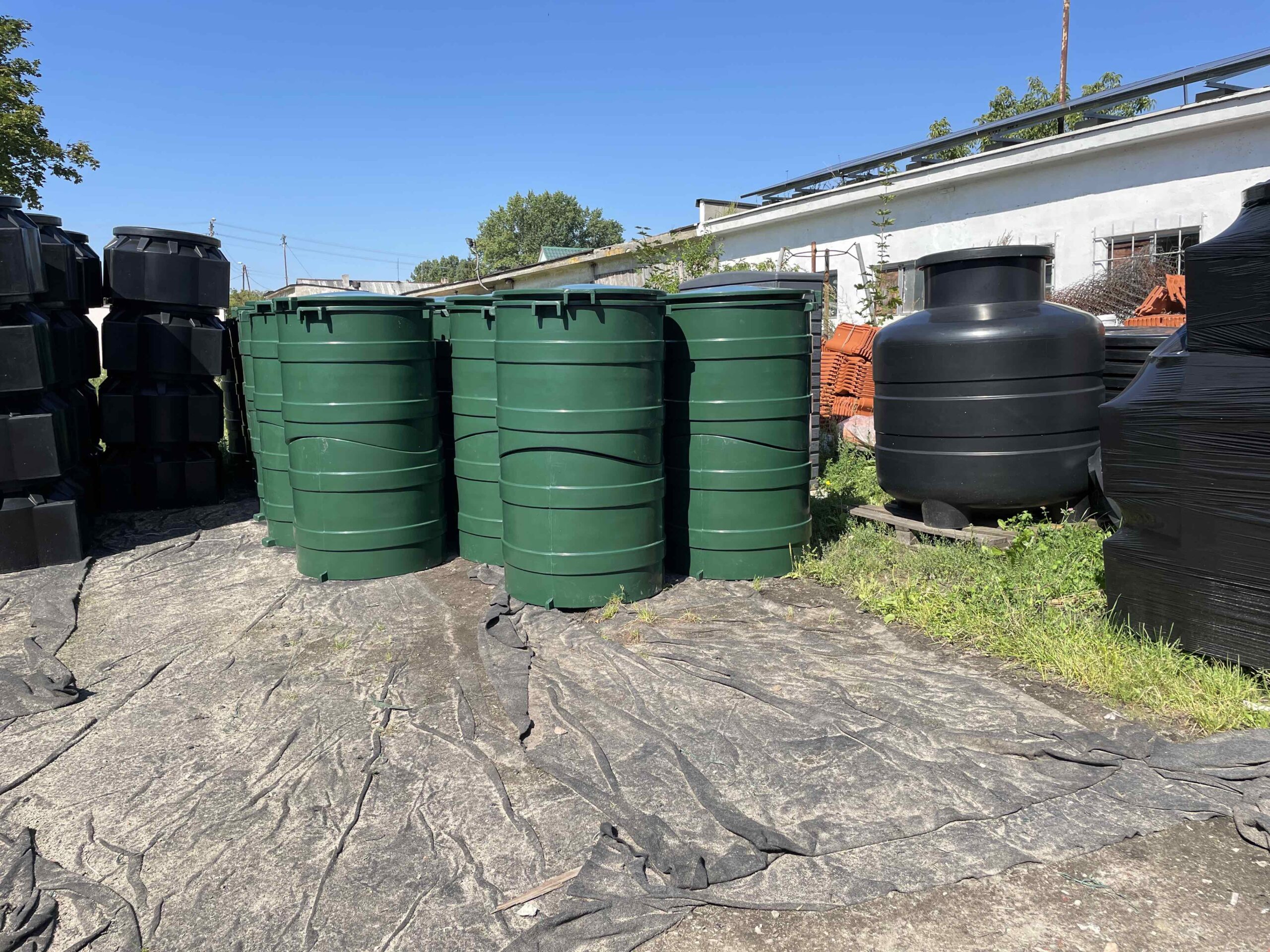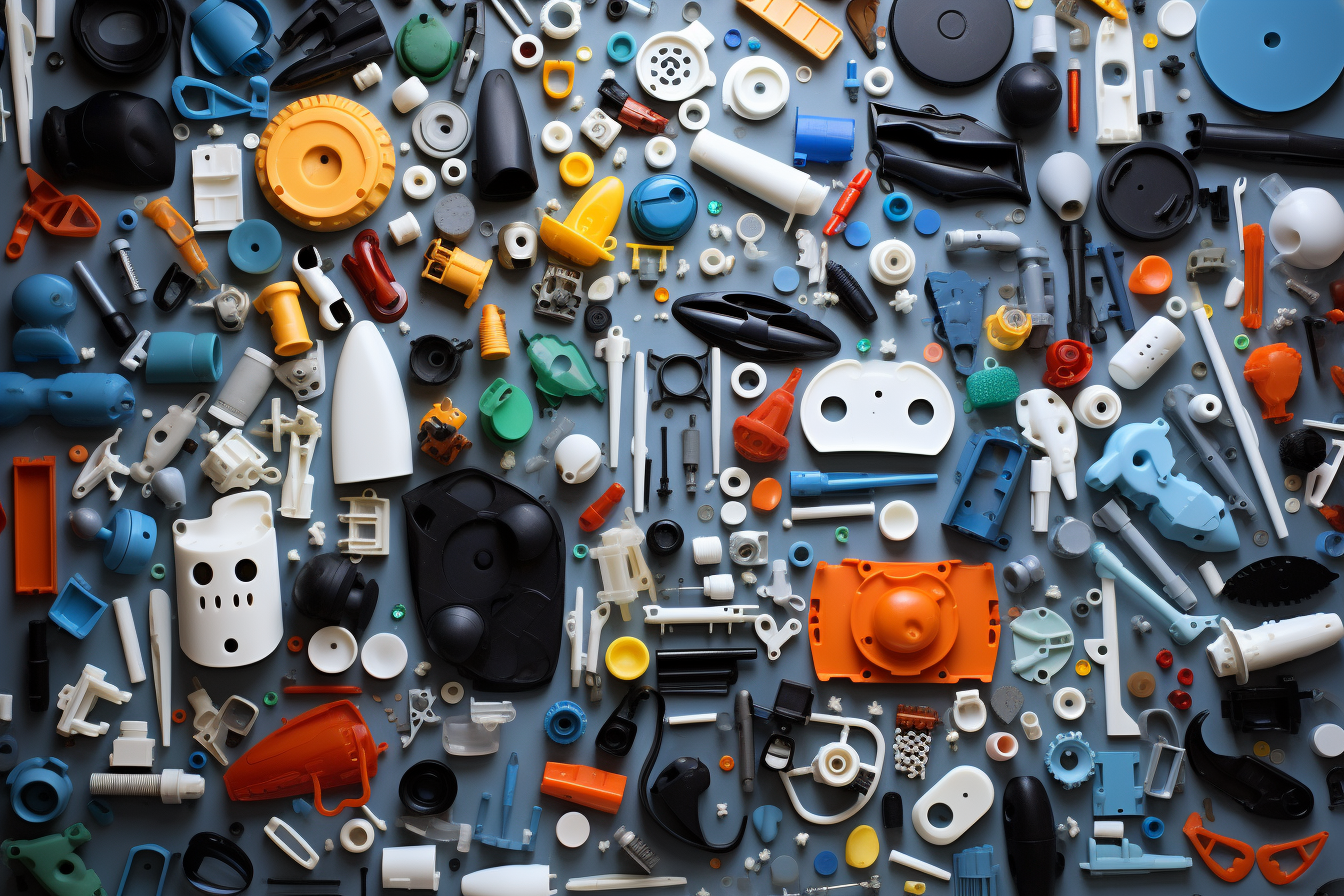Manufacturing from regrind allows for the reutilization of plastics. Moreover, it is a way to reduce production costs for many products. You can read about which industries benefit from it, as well as the advantages and disadvantages of this eco-friendly material in this article.
Can plastics be used more than once? This question is particularly relevant if a company’s mission is to care for the environment, as the production of plastic often involves non-environmentally friendly methods. One solution to this problem in many cases is regrind.
What is regrind?
Regrind is produced in the process of recycling plastics. By using plastic waste, it is a cost-effective way to obtain material with properties very similar to traditional granules, making it suitable for various industries.
Advantages of using regrind
Ecology
First and foremost, the use of regrind in the production of plastic products is environmentally friendly. It allows for the utilization of plastic waste, which, through the recycling process, attains suitable parameters for reuse.
Reduction of production costs
Regrind obtained through the recycling of plastics is cheaper than the original material, with potential savings of up to 20%.
Properties similar to the primary material
The material obtained in this way has properties similar to the original material. Slight differences may be due to the presence of minor remnants from the previous product, which has a minimal impact on the parameters of the final product.
Various forms of regrind
Similar to traditional granules, regrind is typically available in the form of pellets or filaments. This makes it easy to use in injection molding or extrusion processes. The exception is projects carried out using thermoforming technology, where regrind takes the form of sheets, and rotational molding, where it is in the form of powder pigmented with carbon black to minimize visibility of imperfections.
Resistance to environmental conditions
Regrind is resistant to the effects of harmful environmental factors, such as moisture and temperature fluctuations.
Strength and lightweight
Regrind is characterized by its high strength, making it a durable and resistant solution to mechanical damage, while also being lightweight. This makes it easy to transport even over significant distances.
Disadvantages of using regrind
Thorough cleaning of waste
Regrind requires thorough cleaning before it goes through the entire recycling process. Regrinding can leave, for example, metal shavings. Because of this, the material may have a slightly different melting temperature, hardness, and altered other parameters.
Limited applicability in smaller products
It is not recommended to use regrind for the production of parts that should have a high surface aesthetic.
Lower durability in the most demanding conditions
Material used in very demanding operating conditions should be made from virgin plastic and not from recycled sources.
Don't wait!
Tailor the technology to your needs to reduce plastic production costs.
Applications of regrind
Regrind is used in the production of covers for the heating industry, where ABS regrind is utilized. This material can be used to manufacture covers that are less complex and do not need to meet highly specific functional requirements. We discuss more about the use of plastics in the heating industry in a dedicated article.
Producers of packaging in the food industry also utilize regrind. Although regrinds cannot be used for direct contact with food, they can be employed in the layers of packaging that do not come into direct contact with the food. In such cases, traditional plastics like PET are used in the outer layer of the packaging, constituting 20% of the product’s volume. The remaining portion consists of a mixture of recycled PET, PE, and PET MIX. This directly translates to a lower cost, and such cost optimization does not negatively affect the properties of the end products.
Other common uses for regrinds include:
- Cosmetic industry – regrinds are often used in the production of cosmetic containers, specifically LDPE regrinds, known as clean regrinds.
- Machine manufacturing – LDPE regrinds are also used to produce machine and industrial equipment components.
- Electronics manufacturing – PP regrinds are used in the housings of consumer electronic devices.
- Packaging production – Polypropylene regrinds are used in the production of packaging that is applied in various industries.
- Construction industry – the production of construction fittings and various containers is another example of using PP regrinds. Meanwhile, styrofoam regrind can be used in the production of concrete prefabricated elements.
- Industries with high operational demands – HDPE regrind, due to its high density, exhibits high resistance to low temperatures, as well as to the effects of salts, acids, and bases.
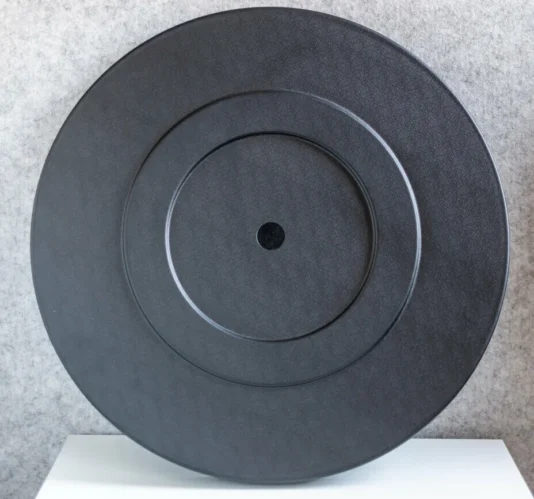
How regrind is produced?
First, plastic waste is carefully sorted and cleaned to remove impurities and other elements such as metal parts, paper labels, etc. In the next step, they are dried and then shredded into small pellets or filaments. Once prepared in this manner, the material is ready to be melted and molded again.
Ecology in various ways – recycling of plastics
Regrinds are an environmentally friendly solution for plastic production and the opportunity for plastic reuse. Cleaned of impurities, the ground material, which then undergoes further recycling processes, often possesses suitable properties for many industrial applications while also being significantly cheaper.
Another way to environmentally friendly production is through biodegradable plastics. Unlike regrind, this type of plastic undergoes biodegradation, meaning it does not retain durability for an extended period. Instead, it breaks down under the influence of atmospheric and environmental conditions (such as fungi, bacteria, air, water, light). This helps reduce waste and diminishes the consumption of natural resources (e.g., petroleum). More information about biodegradable plastics and whether they are worth using has been discussed in one of our previous articles.
Summary
Regrind can find a wide range of applications in the production of various plastic products. Despite being a recycled material with its limitations, its properties are sufficient for use in projects of various dimensions and purposes. Regrind production is environmentally friendly since it is obtained through recycling. This type of plastic helps protect the environment while also being an economical way to obtain material.
Are you wondering whether regrind can effectively reduce production costs in your company? Consult your project with our specialist, who will assist you in choosing the optimal material for plastic product manufacturing.


